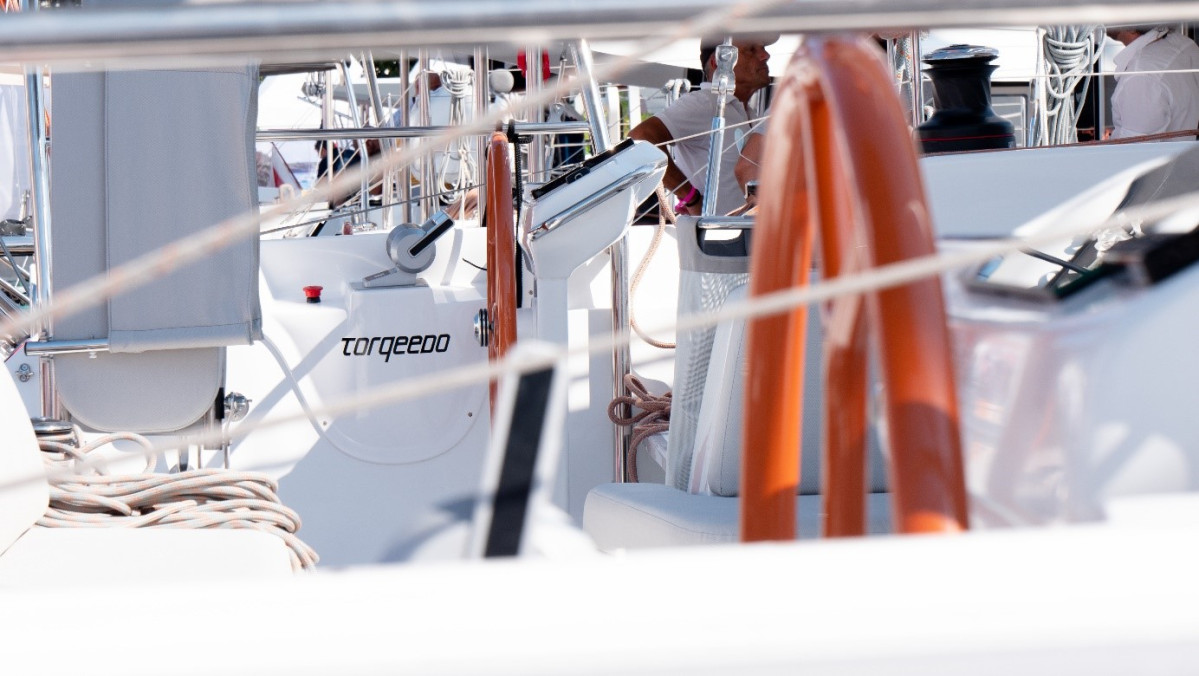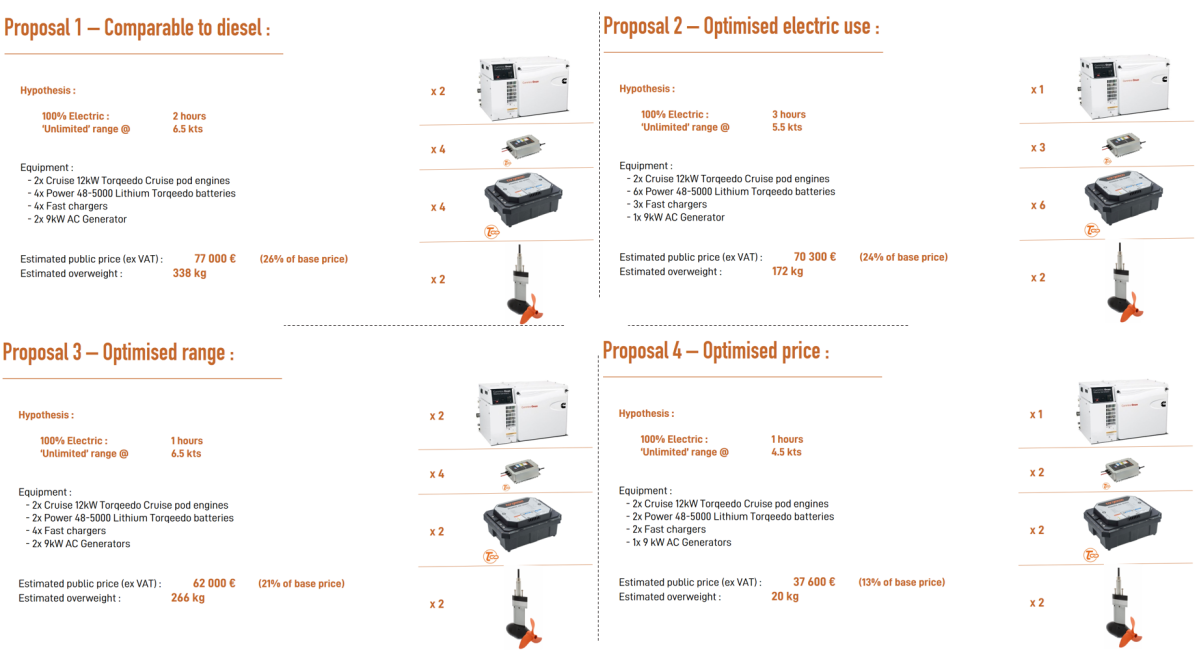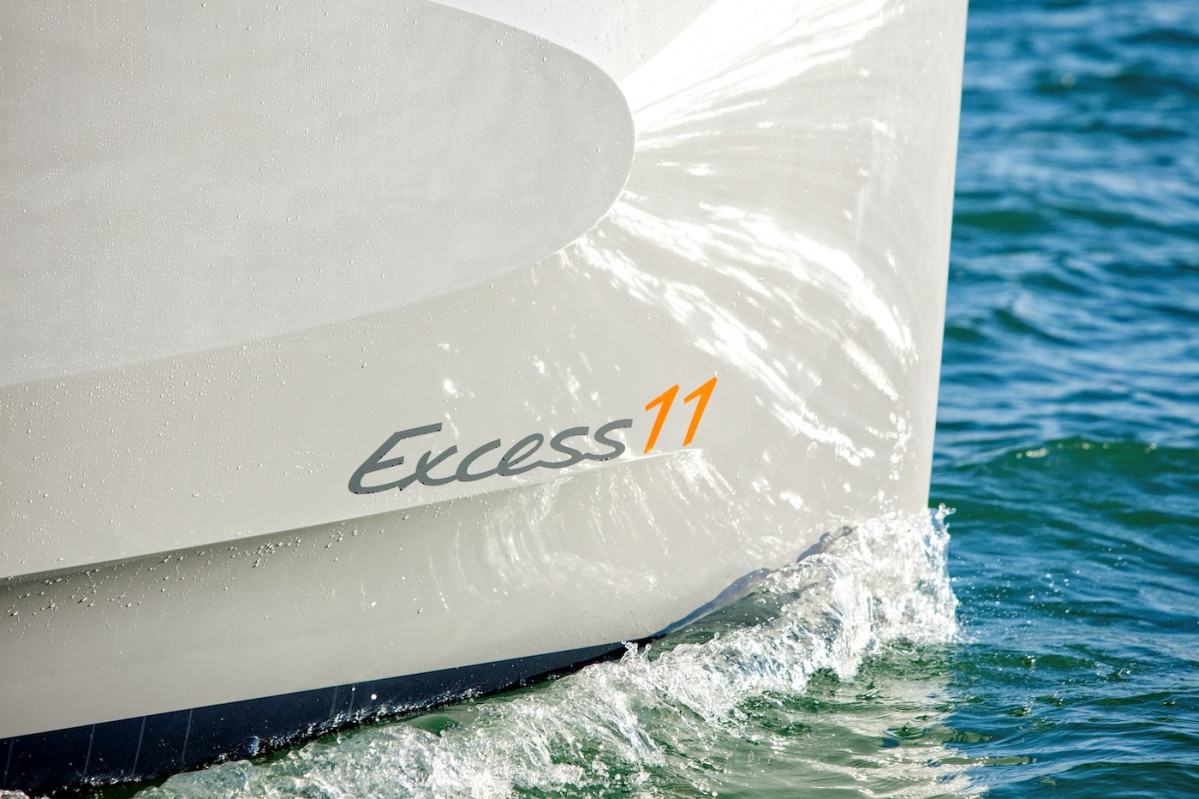LIVE #1 Electric propulsion
Following topics debated, we realized that electric propulsion was one of the subjects that generated the most discussion on the Excess Lab. In addition, these days we get a lot of requests for hybrid or electric propulsion boats. However, questions arise in terms of speed, range and additional costs.
Therefore we organized a ‘LIVE’ discussion earlier in the year with several members of the Excess Lab who were interested in the subject.
We wanted to share the main topics raised during this 'LIVE' event with you.

“With the Excess 15 prototype, the E'Lab, equipped with diesel-electric hybrid propulsion, we’ve succeeded in creating a system that is easy to use, works well and has shown itself to be very reliable,” explains Hervé Piveteau.
If we can manage to offer a 100% electric or a hybrid propulsion system on an Excess, we’re willing to bet that lots of boaters will be interested and in turn, that we’ll be able to lower the cost price of the option. As Excess is a builder of production catamarans, we need a minimum 20% take-up rate (proportion of buyers) in order to be able to offer these options.
The discussion with the Excess Lab members kicked off after Hervé presented the participants with four hybrid configurations under consideration for an Excess 11.
Each of the four options considered takes into account four variables: Boatspeed, 100% electric propulsion time, additional weight and cost.

We went on to talk about E'Lab, our Excess 15 that’s equipped with the Torqeedo hybrid propulsion system, because through the tests that have been carried out with this boat, we’ve been able to draw some interesting conclusions, notably in terms of power.
For a smaller catamaran, the size of an Excess 11, we know that you need about 10 kW of power to cruise at 6 knots, but that if you want to make 7 knots, you’ll need almost double that amount of electricity. And using the boat's resistance curves, we can see that we need to multiply the electrical power by four to make 8 knots. “I think this is something very important to keep in mind,” says Hervé.
Note also that these calculations are digital and theoretical. None of this takes into account wind, sea state or hull cleanliness. When you decide what power you’re using, you’ve therefore got to factor in a higher margin, because the external elements will clearly affect propulsion efficiency!

“Often at sea, you have to motor into a strong wind and maintain a high power level or conversely, you might be under sail, in light airs, but have a strong counter current. In such situations, I would need to be able to count on a speed of more than 6 knots” admitted one owner. “And I think a weight of 350 kilos [770 lb] for the electric motor is too much” he commented, referring to the first hypothesis the Hervé presented: 2 hours with 100% electric propulsion, at a speed of 6.5 knots, an option price of € 77,000 and additional weight of 338kg.
Another member recognized that it’s probably necessary “to wait longer before we see a reduction in weight and a decrease in prices for the solutions that involve electric propulsion”. The technology, as much in terms of motors as of batteries, progresses regularly.
One Excess Lab member asked about the current status of a hybrid option for other Excess models. “We decided to study an installation for the Excess 11, but that doesn't mean we're ruling out the option for the Excess 12, the Excess 14 or the Excess 15. It seems that the 11 offers a good compromise in terms of speed, range and cost,” says Hervé. “We’d like to try and achieve performance close to that of a diesel engine by seeking ‘unlimited’ range at 6.5 knots. When we talk about unlimited range, we mean the cruising speed that the hybrid electric drivetrain, supported by a generator, will allow you to reach without discharging the batteries. The generator will cover your propulsion needs for long periods.
“We need 2 hours of self-sufficiency in ‘all-electric’ mode to be able to leave the port and return in silence. That's a typical day's cruising for us when there’s enough wind to sail,” added one participant.

“We could also opt for a twin drivetrain system, i.e. a diesel engine in one hull and an electric motor in the other,” suggested another Lab member. We could even see a wider offer when it comes to energy, including additional solar panels, wind generators or an even more advanced management interface, in the style of what already exists in the automotive world …
We ended the discussion by concluding that there are real expectations from the members of the Lab that were present during the LIVE event on electric propulsion. We have to continue digging into this subject in order to satisfy this need. “I would like to buy a brand-new catamaran that offers durability, reliability and cutting edge technologies. And there are many customers like me” mentioned one participant. And we agree. This is why we’re committed to continue studying this subject.
It was a pleasure to exchange with our members on electric propulsion. Now, we’d like to invite you to participate and give us your input. Let’s continue the discussion here on this topic! What are your expectations on the propulsion of our future Excess catamarans




There are so much solutions out there, it is a real mission to find the most suitable one! ;)
I always appreciate your sharing valuable information regarding R&D openly with us. Although I am so interested in the e-propulsion, I am about to order the Excess 15 with 80hp diesel engines.
The biggest reason is that I simply want the boat as early as possible. Others are, in order of importance, (1) reliability and on-board repairability on long-range sailing like transatlantic/pacific because I plan to sail the boat back to Japan from France, (2) global repair shops network (3) battery performance, (4) cost, (5) weight.
(1) and (2) are far more important than others for me personally. Looking forward to hearing about he result of your endurance test.
Probably, E-propulsion would be for my next boat after 15.
It is alwas a pleasure reading from you. Indeed, we are not ready just yet with an E-propulsion solution that we consider efficient enough, reliable enough and at the right price, to equip our boats.
But as I mentioned to Rickolis in another comment, above, we are pursuing the objective to find the appropriate solution and I am confident we will have one in the future. It will be for your next boat indeed, after the 15! ;)
All the best Hiroshi
2x torqeedo 12KW pods - 16000 Ex VAT
2X 9.3 kw LiFePo4 Battery - 6800 Ex VAT
2x Honda 32i 3.2 kw generators - 5000 Ex VAT (this is supposed to be a backup propulsion, so 2 little honda's make more sense)
2x Fast chargers 48v/45A - 1300 Ex VAT
This entire setup costs € 29000 and it should give us:
100% electric range of 2 hours
Unlimited range at 4.5Knots
I would be very happy with this setup. Estimated overweight should be same at 20kg as we have bigger batteries but we no longer have a heavy diesel. If we take out the cost of diesel Engines and tanks at €10,000 per engine, we will be only at €10,000 higher than the base price for an electric version, which seems huge. Link to all the products I used.
https://www.greenboatsolutions.com/shop/battery/lithium/batterytechnology-48-v-200-ah-lifepo4-batterie
https://www.greenboatsolutions.com/shop/motor/pod/torqeedo-cruise-10-0-fp